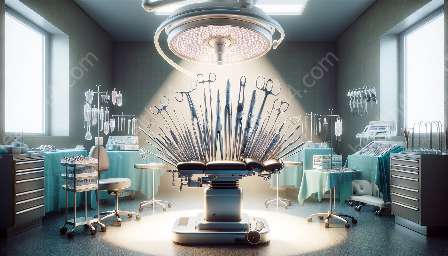When it comes to surgical procedures and medical devices & equipment, clamps play a crucial role in ensuring the success and safety of the operation. In this comprehensive guide, we'll explore the different types of clamps, their functions, and the importance of using high-quality clamps in medical procedures.
The Importance of Clamps in Surgery
Clamps are essential tools in surgery, used to hold tissues, vessels, or organs in place during procedures. They provide surgeons with the necessary precision and control to perform delicate and complex operations. Without reliable clamps, surgical procedures would be significantly more challenging and risky.
Types of Clamps
There are several types of clamps designed for different purposes in surgery and medical interventions:
- Hemostatic Clamps: These clamps are used to control bleeding by compressing blood vessels, allowing surgeons to work on the affected area without excessive bleeding.
- Tissue Clamps: Tissue clamps are used to grasp and hold tissues securely, facilitating precise incisions and suturing.
- Bulldog Clamps: Bulldog clamps are commonly used to occlude blood vessels and control blood flow during vascular procedures.
- Needle Holder Clamps: These clamps are designed to firmly grip surgical needles, allowing for precise and controlled suturing.
Quality Matters
When it comes to surgical instruments and medical devices & equipment, quality is paramount. High-quality clamps are essential for ensuring the safety and efficacy of surgical procedures. Inferior or faulty clamps can compromise the success of an operation and pose unnecessary risks to patients and medical staff.
The Role of Clamps in Medical Devices & Equipment
Clamps are not only vital tools in surgery but also play a crucial role in various medical devices and equipment. From endoscopic instruments to orthopedic implants, clamps are integral components that enable precision, alignment, and stability in medical interventions.
Conclusion
Clamps are indispensable surgical instruments and essential components of medical devices & equipment. Their versatile functions and critical role in maintaining safety and precision make them a cornerstone of modern medical practice. It is imperative to prioritize the use of high-quality clamps in all surgical and medical procedures to ensure optimal outcomes for patients and healthcare providers.


